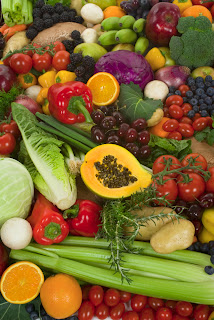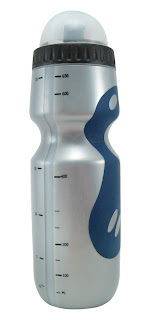There are many reasons to eat more fruits and vegetables. Making half your plate fruits and vegetables doesn’t have to take a big hit on your wallet. It is possible to fit fruits and vegetables into any budget. Here are some low-cost ways to get in your fruits and veggies:
- Use fresh fruits and veggies when in season. In season they are easy to get, taste great and are usually less expensive. Visit your local farmers' markets. Or plant your own garden — you can’t get any fresher than that!
- Fresh fruits and vegetables can spoil quickly, so buy small amounts more often to avoid waste. Seasonal and Simple: A Guide for Enjoying Fresh Fruits and Vegetables is a helpful guide for selecting, storing and preparing fresh fruits and vegetables.
- Ready-to-eat forms (pre-cut, pre-washed) are convenient but usually cost more.
- Use canned or frozen. They may be less expensive than fresh. Store brands can offer savings and are of comparable quality with name brands. Look for fruits canned in 100% fruit juice and lower sodium vegetables.
- Buy in bulk when on sale. A large size bag is often a better buy with fresh fruits and vegetables. Canned or frozen last longer, so you can stock up and store them.
- Plan to make leftovers. Keep a plastic container in the freezer to add leftover vegetables. When it gets full, use it to make vegetable soup.

Visit ChooseMyPlate.gov for more tips on eating fruits and vegetables.
Additional nutrition and health information can be found at MissouriFamilies.org.
Contributor: Karen Sherbondy, MEd, RD, LD, Extension Associate, Nutrition and Exercise Physiology, University of Missouri Extension, 816-655-6227







